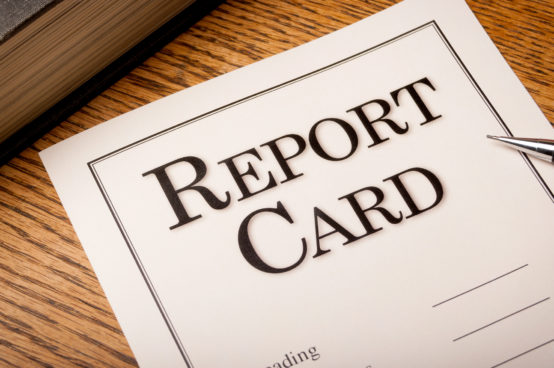Q: I work in a high school where we can grade students on their participation, but our staff is inconsistent. There’s no consistent rubric that we use, and teachers can count participation as 5% or 20% or whatever they so choose. I feel like it’s this huge gray area with potential for injustice. I’d be an advocate for abolishing participation grades altogether, and I know plenty of talented educators who dislike the practice on the grounds that it penalizes introverts, but I like to leverage it as a way to teach communication skills. That said, I want to make sure that’s in fact what I’m doing, and that my approach is as fair as possible. What are your thoughts on how I can maximize learning and minimize arbitrariness?
A: As you clearly get, participation grades don’t always reward students with the greatest mastery of content. To minimize unfairness, use a clear rubric and make sure students know what’s expected of them. Be transparent and explicit about what you’re assessing. You also allude to introverts, which raises an important point. While all students benefit from learning communication skills, they shouldn’t all have to communicate the same way. Many different styles can be effective, so consider grading participation in a way that values quieter students and isn’t solely about rewarding the frequent hand-raisers.
In other words, students shouldn’t feel compelled to talk for talking’s sake. Be clear about what each comment should accomplish. Is it relevant and constructive? Does it display understanding? Does it build on the prior statement? Does it add to the discussion or introduce a new element or insight? Is it wildly off topic? Does the student back up their assertions with correct terminology? Do they seem to comprehend their classmates’ comments? Do they display active listening skills and know how to slide seamlessly into conversation, or do they interrupt everyone?
Demonstrate that you value reflection by incorporating wait time. Otherwise, you’ll only get input from the fastest processors. Consider trying the “think, pair, share” approach, which gives quieter students a chance to process a teacher’s question alone — perhaps in writing — then share their thoughts with a peer before bringing it to the larger group.
Let students know if they’re on the right track. Take notes in class about what you observe. Give them regular feedback about what they could do differently. They won’t learn communication skills if you don’t point out how they can improve. And for the students who need the most help, work with them one-on-one and brainstorm strategies. For example, you could share a question with them in advance, so they have time to think about their answer, and then call on them first so their stress doesn’t have time to build up. You’ll communicate to anxious students that you understand their trepidation and want to help them not traumatize them. That will build trust and lead to more risk-taking.
There are many ways to evaluate participation, such as asking students to take turns teaching the class a lesson. Part of their grade could be how well they involve peers in discussion. You also could use literature circles or simulations to actively engage students. Just keep thinking outside the box because silence has its merits. It not only enables other students to speak, it creates room for reflection. And ultimately, communication is as much about listening as it is about speaking.
For more Career Confidential: http://bit.ly/2C1WQmw
Have a question that you’d like Career Confidential to answer? Email contactphyllisfagell@gmail.com. All names and schools will remain confidential. No identifying information will be included in the published questions and answers.
ABOUT THE AUTHOR

Phyllis L. Fagell
Phyllis L. Fagell is the school counselor at Landon School in Washington, D.C., a therapist at the Chrysalis Group in Bethesda, Md., and the author of the Career Confidential blog. She is also the author of Middle School Matters and Middle School Superpowers, available at https://amzn.to/3Pw0pcu.










